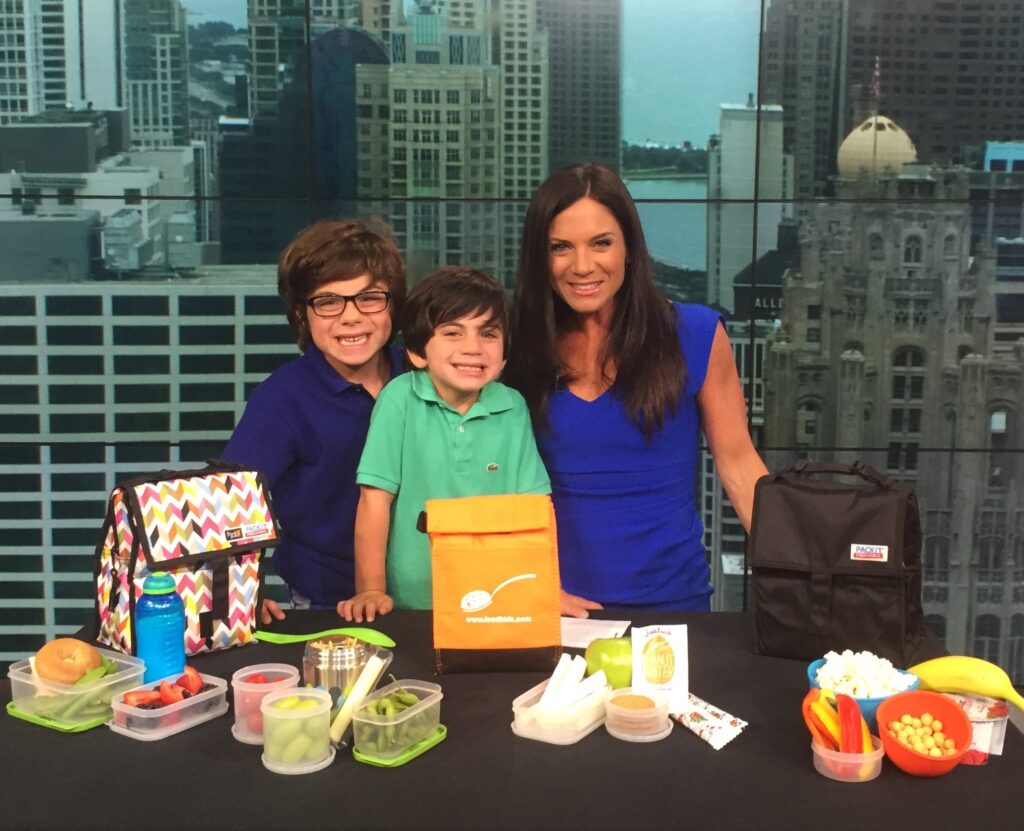What’s in your lunch box?
Kids are back in school, summer is coming to a close, and one of the biggest concerns of many parents around this time focuses on what to pack for lunch! Whether it be elaborate or just plain simple, lunch is an important time to provide kids with some of the vital nutrients they need to grow and stay focused in school. Keep reading to learn some basic tips to get your kids the ingredients they need during the school day.

Forget the “Main” Dish – Strike a Balance
Kids need balance throughout the day, in order to gain proper nutrients for their growing bodies.
– Whole-grain carbohydrates are essential to provide fiber for healthy digestion and prevent blood sugar lows. Look for brands of bread and pasta that say “whole wheat” or other “whole” grains on the ingredient listing.
– Vitamin-packed, anti-oxidant-rich fruit has been shown to prevent certain types of cancer. Most importantly, fruits are a source of Vitamin C, which is important for the growth and repair of body tissues and is essential for wound healing. Motivate your kids to include fruit in their diet, not only as a sweet treat but also as a boo-boo buddy; without vitamin C, cuts and scrapes don’t heal.
– Vegetables, unfortunately, are the forgotten food group many times in lunch. Fiber-filled, low-calorie vegetables provide our bodies with important sources including potassium, vitamin A, vitamin C, and folic acid. Though some kids may say no to veggies, including a few bites into the daily lunch is an important step to piquing their interest. Use a homemade dip like this one, for a tasty way to encourage vegetable consumption.
– Calcium is a major deficiency in adolescent-age kids, mostly because their daily requirements are so high. Calcium needs reach their peak in adolescence, with a daily requirement of about 1300 mg/day for both boys and girls. According to research from the Journal of Nutrition, only 15% of 9-13-year-old females met the adequate intake (AI) for calcium from diet alone. Focus on protein-packed dairy products as an essential part of lunch: low-fat yogurt, cottage cheese, string cheese, or even kefir instead of milk to drink; any of these provide excellent sources of calcium. For non-dairy consumers, look for alternative dairy selections including almond or coconut beverages or yogurts, which also provide calcium and vitamin D.
– Lean meats and alternative proteins are typically thought as the essential part of lunch, but think again! Protein deficiency is very rare. Further, protein is found in other foods including whole grains, and dairy products. Rather than centering lunch around the sandwich, consider focusing on these other important and possibly missing components such as calcium-rich dairy, and vitamin-packed veggies. Choose hummus or black bean dip, add garbanzo beans in a snack bag, or toss in a hard-boiled egg for a great protein choice.
Related Links:
GUEST BLOG POST FOR ARTIZONE: Tips for Preparing Healthy School Lunches – September 3, 2013
Children are hungrier for snacks – March 2, 2010
Is your child a “Picky Eater” – October 2, 2012